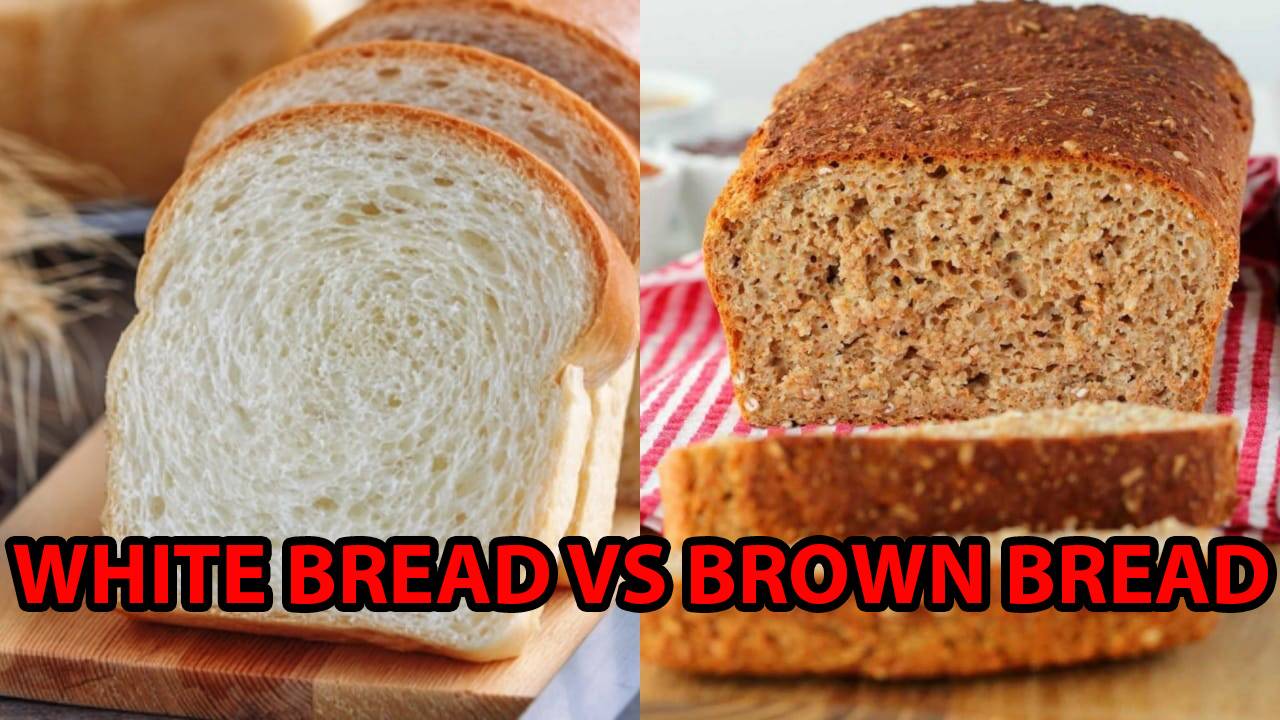
Bread is a baked food product that is prepared from wet, kneaded, and fermented flour or meal. It's been a popular cuisine since prehistoric times, and it's been prepared in a variety of ways around the world using a variety of ingredients and methods. Bread is consumed in a variety of ways around the world, including bread toast, bread omelets, and sandwiches.
It comes in a variety of types, including white, brown, and multi-grain bread. White and brown bread are both widely consumed, although they differ in texture, flavor, and nutritional value. The controversy over which type of bread is more nutritious, white or brown, has been going on for a long time. To find the ultimate winner, let’s compare them:
White Bread
-
The endosperm of wheat grains is used to make white bread, which gives it its characteristic white color.
-
White bread is created from refined wheat flour, which is made by removing the bran and germ from wheat grains.
-
Because the fiber content is removed during processing, it is less healthy than brown bread.
-
Since it lacks the bran and germ of brown bread, it is softer.
-
It's highly processed and made mainly entirely of starch.
-
As it lacks nutrition naturally, vitamins and minerals are added to make it healthier.
-
'Maida' or refined wheat flour is typically used to make white bread. This gives it a more varied taste and texture and makes it ideal for making delicious sandwiches.
-
Since white bread is made of maida, it is heavy in fats and calories, making it very difficult for people who want to lose weight or eat fewer calories. White bread isn't particularly nutritious, but fake nutrients are added to make it more varied.
-
White bread is made of maida and lacks fiber, it has a higher glycemic index and is not advised for everyone.
Brown Bread
-
Brown bread is created from the bran, endosperm, and germ of wheat grains, and so has a brown color.
-
Brown bread is made using whole wheat flour, which has not been treated to remove the bran and germ from the wheat grains.
-
It is more nutritious than white bread because it is prepared from whole wheat flour, which includes more fiber and nutrients.
-
Because it contains bran, it is not as soft as white bread.
-
It isn't heavily processed.
-
It does not require the addition of vitamins or minerals because it already contains sufficient nutrition.
-
Brown bread is made with 100% whole wheat flour and additional additives for color, softness, and flavor. These are high in fiber and thus make a good health choice.
-
Brown bread is created from wheat flour (atta), hence it is low in carbs and calories. Brown bread is thus suitable for the Keto diet. It also contains a lot of fiber and other nutrients.
-
Brown bread is prepared from whole wheat flour; therefore, it has a low glycemic index and can be consumed by everyone, even Keto dieters and those with type 2 diabetes, who are advised to eat foods with a low glycemic index.
And the winner is…
People are slowly switching to brown bread and abandoning white bread. Brown bread has more nutrition than white bread, which is drawing people to it and making them choose brown bread over white bread. When deciding between white and brown bread, multigrain bread is an excellent option because it is better than brown bread but a little less tasty because it is made up of different types of edible grains. Brown bread outperforms white bread in terms of health and nutrition in many ways, hence brown bread should be favored in most cases. Healthy and young people who are on a diet can eat white bread in moderation.
















